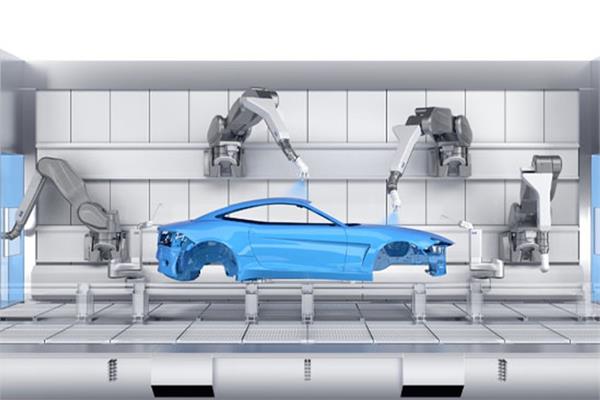
The EcoProBooth developed by Dürr helps car manufacturers to optimise the painting process and reduce consumptions.
The EcoProBooth that has been recently launched by Dürr has opened up new perspectives regarding spray booth technology for car manufacturers. The modular box concept, its independent lines and the combination of interior and exterior painting in a single box provide, as a matter of fact, a much higher degree of scalability and flexibility.
During the open-house, that was particularly focused on intelligent flexibility and the advantages of EcoProBooth and other Dürr’s products, the company has also addressed the critical issue of energy efficiency: compared to the current lines with dry separation, the EcoProBooth allows to reduce energy
consumption by almost 40% and carbon emissions. For the existing systems that will continue to operate with wet scrubbing, the saving will increase up to 75%.
In case of a primer-less process, an integrated paint process (IPP) for 60 jobs per hour (eight zones for base coat and six zones for clear coat, traditionally split between two rigid lines with 30 jobs per hour each) becomes five parallel EcoProBooth lines, each featuring one position for all base coat applications and one for all clear coat applications that can be individually controlled and brought online or offline as needed.
More flexibility and less consumptions
The efficiency of Dürr’s solution is also ensured by the optimal distribution of the bodies to the EcoProBooth boxes: the booth size coats all standard passenger car types – from compact cars to SUVs Cycle – without time losses caused by different painting scopes such as metallic and solid or different body. In addition, the service cubicles located in the corners of the booth include a continuous flow of fresh air that allows employees to safely access them to clean or carry out maintenance works on atomizers and tools without breathing apparatus while the painting process continues.
With this new system layout, Dürr aims to provide the ideal conditions for needs-based manufacturing and efficient use of resources: the reductions in the volumetric flow rate of the process air and the high recirculation rate keep energy consumption and carbon emissions low, while the box layout decreases material consumption by cutting losses when changing colour.
Also the subdivision of the line into shorter segments allows to distribute painting orders to minimize colour changes, saving paint and flushing agent consumption and reducing costs and VOC emissions.